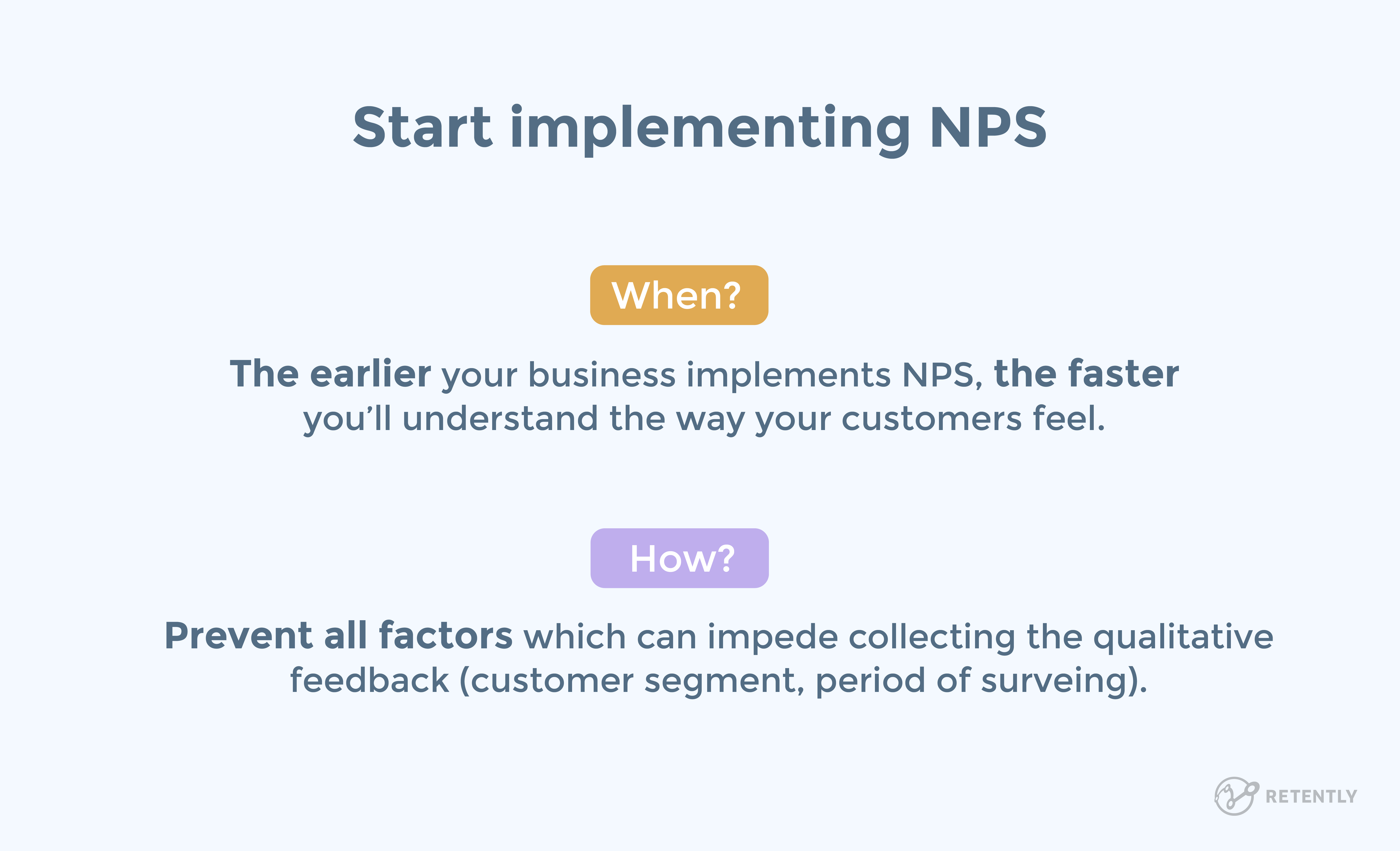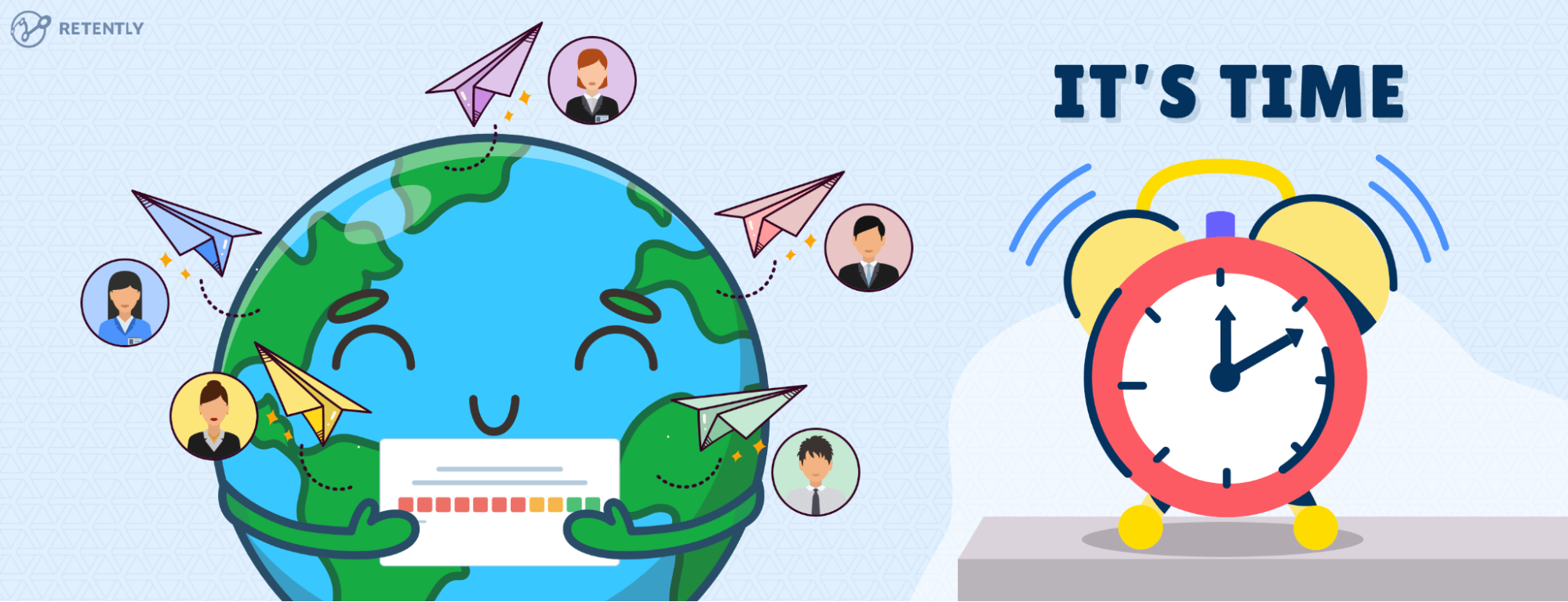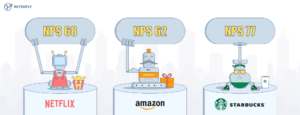Table of Contents
In The Lean Startup, Eric Ries describes the four ways customers drive sustainable growth for businesses.
The first is word-of-mouth through recommendations and referrals. When people get value from your product, they’re likely to talk about it.
The second is due to the product itself. A product like a MacBook, with its glowing Apple logo, is a constant advertisement.
The third is advertising, whether digital or in print, television, radio, or in public spaces via a billboard or banner.
The fourth is repetition. Some products, like shampoo and cooking oil, need to be replenished if and when they run out. Others, like magazines, are sold on a monthly subscription and are only as relevant as the latest issue.
As a SaaS business, two of the four growth strategies listed above – word-of-mouth and repetitive use – are ideally suited to continual growth. They’re also closely linked to each other: customers who like your product enough to keep using it are the most likely to recommend it to their peers.
In short, you can achieve methods one and four above using a single metric.
What we haven’t discussed is when you should start using Net Promoter Score®. When should your company begin to pay attention to customer sentiment? When should you start quantifying sentiment using NPS®?
Key Takeaways
- Start early. Begin measuring NPS as soon as you have a stable product and a steady stream of customers to get valuable feedback early on.
- Ensure you have a sufficient number of customers for accurate and reliable NPS results.
- Have the resources and processes in place to respond to NPS feedback effectively.
- Commit to ongoing improvement. Regularly measure, analyze, and adjust based on NPS feedback to keep improving your business.
NPS and Word-of-Mouth
For growing businesses, word-of-mouth is more important than ever before. Actually, 64% of marketers agree that word-of-mouth is the most effective form of marketing, with about 48% of businesses heavily relying on it to improve their bottom line. Product-sharing platforms like Product Hunt have made it easier than ever for people to share your business with the world, helping you acquire customers and fuel revenue growth.
At the same time, the potential for negative word of mouth to damage your business has also grown. Websites like Reddit give potential customers a platform to share their experience with your product – good or bad – with their peers.
At no point is your company more vulnerable to negative word-of-mouth than in its earliest stages of growth and development.
Once you’ve built a steady base of customers, you can “afford” most of the negative feedback. A bad review from an unhappy customer can and likely will hurt your growth, but it’s unlikely to cause your existing customer base to give up on you.
When you lack that customer base, all it takes is one bad review to squash your growth potential.
This means that understanding and responding to customer sentiment is even more important for early-stage startups than for established businesses. Not only do you have growth potential to lose, you also have incredible growth potential to gain from positive sentiment.
The earlier you bring Net Promoter Score into your customer retention efforts, the greater you’ll experience its benefits, both in retaining customers and fueling word-of-mouth marketing for your brand.
Understanding Statistical Significance
Like all business metrics, Net Promoter Score becomes more accurate and effective the more data you generate. A Net Promoter Score calculated from a sample of 100 customers is less accurate, and thus less useful, than one calculated from a sample of 2,000.
This has several implications for small startups with few customers. The first is that your initial NPS data will give you valuable insight into what your customers think about your startup, but it’s not the only metric you should pay attention to.
The second is that because NPS is both a quantitative and qualitative metric, you can make use of its qualitative aspects while your sample audience is small, then transition into paying attention to its quantitative aspect as your sample audience grows and your data becomes accurate:
- When you first start using NPS, pay less attention to your score and instead focus on the comments customers leave. Are there specific aspects of your product they don’t like? Is there a single thing you could change that would improve their level of satisfaction?
- As your sample size grows, focus on both the quantitative aspect of NPS and the overall trends you observe in qualitative feedback.
Your score will be wobbly when you first begin tracking customer satisfaction. This is totally normal, and it’s something that every business with a small customer base should expect.
When your audience is small, a sudden increase in your NPS is just as likely to be noise as a real improvement. Don’t celebrate too early. On the other hand, a sudden decline in your NPS is also likely to be noise and certainly doesn’t warrant an emergency meeting.

When Are Your Results Reliable?
We have a simple rule for calculating an accurate NPS score: the more customers you have, the more responses you need.
From a purely statistical perspective, Genroe’s guide to calculating NPS error margin will help you determine an appropriate sample size for your survey. For a gut estimate, the more people you receive responses from, the more reliable your Net Promoter Score will become.
There are several other factors that can affect the accuracy of your Net Promoter Score, as well as the qualitative feedback you receive from customers:
- Does the customer segment you survey accurately represent your entire customer base, or is it biased toward a specific type of customer? A diverse customer base requires a larger, more inclusive study than a relatively uniform customer base.
- Are there external factors that could affect how customers respond? For example, do you survey customers right after they pay their monthly invoice, or do you survey them in the middle of their billing period, when cost isn’t as much on their mind?
Measuring Net Promoter Score is an Ongoing Process
Now that we’ve covered the benefits of NPS for an early-stage startup, the best time you should start tracking your NPS and the most important aspects you must focus on, it’s very important to keep in mind that you should conduct Net Promoter Score campaigns continuously.
The market changes very rapidly and in order to keep up with customer needs and overcome competition, you will have to keep improving your product on a regular basis. For this same reason, measuring NPS and gathering feedback should be an ongoing process in your company.
And there are two main unwritten but commonly accepted rules that will help you efficiently receive and act on the received feedback without annoying your customers during this process.
Do Not Collect Too Much Feedback
It’s not uncommon for startups to have a large customer/subscriber base early in their lifecycle. And it might sound reasonable to survey all those customers right away – the more feedback, the better, right? Not necessarily.
Make sure you have enough manpower to cope with the number of responses you will be receiving and more importantly, make sure your team can efficiently act on that feedback.
Startups usually work in small teams and there’s only one person assigned to deal with the customer feedback, among other tasks and responsibilities. Keeping this in mind, it’s highly advised to set a daily limit of surveys that can be successfully dealt with. And instead of surveying the whole customer list right away – break it into small groups and send the surveys on a daily basis over a period of up to 3 months. If your list is very big, then feel free to expand the sending schedule to 6 months.
Do Not Survey Too Often
The regularity of your NPS campaign mostly depends on your business model – how often you update your product and how many customers you have. But there are a couple of milestones that will help you do it right until you find a schedule that works best for you.
The first survey should be sent after your new customer has interacted with your product and had enough time to give it a good try. Running NPS campaigns at an early stage of your customers’ lifecycle will help you understand if your product meets their expectations. You will also be able to better comprehend the onboarding process – how easy it was for your customers to get started with your product. Try sending the survey within the first 7 to 30 days after the customer’s initial interaction with the product. If you wait longer, your customer will most likely have forgotten that first experience and you would miss the opportunity to track their first sentiment.
The second – and all the following surveys – can be sent in 30 to 60 days after the initial NPS survey. If your company updates and improves the product regularly, then it makes sense to survey quarterly and check if your customers’ satisfaction has changed during different versions of your product.
If you do not improve your product often, then it’s advised to send surveys once in 6 months, mostly to check on your customers’ happiness. The received feedback will also give you some insights about where your product stands among competitors and what’s new in the market that you can offer.
Whatever schedule you choose, follow the golden rule: Do not over-survey customers and get them annoyed. Otherwise, your score will drop down, even if you have the best product on the market.
Ideal Timing for Different Business Scenarios: Key Pointers
By starting to measure NPS at the right time for your business stage, you can gather valuable insights that drive customer satisfaction and loyalty. For startups, it means beginning as you stabilize and grow. With growing businesses, it’s about leveraging NPS to guide expansion efforts. For established companies, it’s integrating NPS into existing feedback mechanisms to drive continuous improvement. Let’s look into some key pointers:
Startups
For startups, timing is everything when it comes to measuring the Net Promoter Score. In the very early stages, your primary focus should be on developing and refining your product or service. Once you reach a point where you have a stable product and a small but steady stream of customers, you’re approaching the right time to start measuring NPS. This typically happens after you’ve validated your product/market fit and are beginning to see repeat customers.
Look for milestones such as:
- You’re making regular sales and have a baseline of customer interactions.
- You’ve started receiving organic customer feedback through product reviews, support queries, or social media.
- Your team can handle and act on feedback without being overwhelmed by other startup tasks.
Starting NPS measurement at this stage can provide critical insights to guide your growth and help you make customer-centric decisions. And if you didn’t start in a timely manner, still go for it; there is so much more to NPS.
Growing Businesses
As you scale your operations and customer base, the diversity of feedback becomes more valuable. This stage is ideal for implementing NPS because you can gather insights from a broader range of customers and identify trends across different segments.
Consider starting NPS measurement when:
- You have a substantial and growing number of customers.
- Your operations are stable, and you have systems in place to manage and respond to feedback.
- You’re continuously improving your offerings based on feedback and market demands.
At this stage, NPS can help you prioritize improvements, enhance customer experience, and maintain customer loyalty as you expand.
Established Companies
Established businesses should already have some form of customer feedback system in place. NPS can complement these efforts by providing a focused and actionable measure of customer loyalty.
To effectively integrate NPS:
- Implement regular NPS surveys to keep a pulse on customer sentiment.
- Segment your customer base to get detailed insights into different groups and tailor your strategies accordingly.
- Ensure feedback is shared across departments (marketing, product development, customer service) to drive holistic improvements.
- Use NPS to benchmark your performance against industry standards and set internal goals for improvement. This helps adapt to changing customer expectations.
Start Using NPS Early and You’ll Quickly Discover its Value
Even the most successful startups are full of regrets. Sales-driven startups regret not investing in a large sales team earlier. Startups that acquire customers through PPC regret not carrying out a CRO process earlier. It’s natural to look back and see opportunities for improvement.
The earlier your company begins implementing Net Promoter Score, the faster you’ll understand the way your customers feel about your product. You’ll gain insight into your unique selling points, your weaknesses and your strengths earlier.
Better yet, the data you generate and the feedback you receive will get more accurate as you continue to survey your customers, giving you valuable retention data far earlier than most of your competitors.
Get started today with Retently and see the difference NPS can make for your business!






























 Greg Raileanu
Greg Raileanu 


 Alex Bitca
Alex Bitca 
 Christina Sol
Christina Sol 
